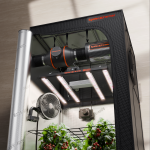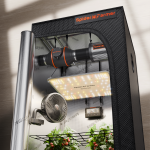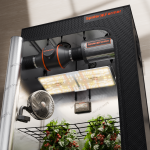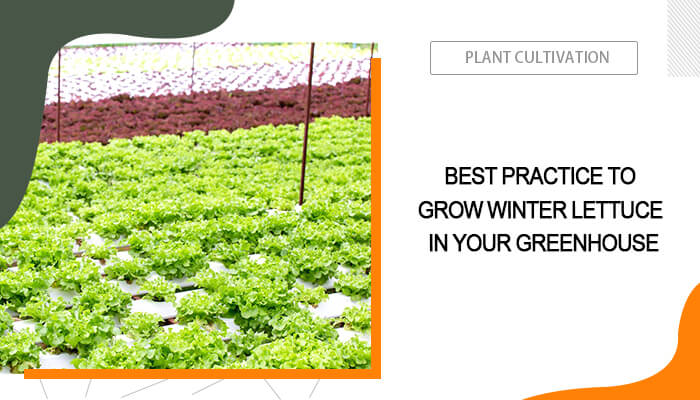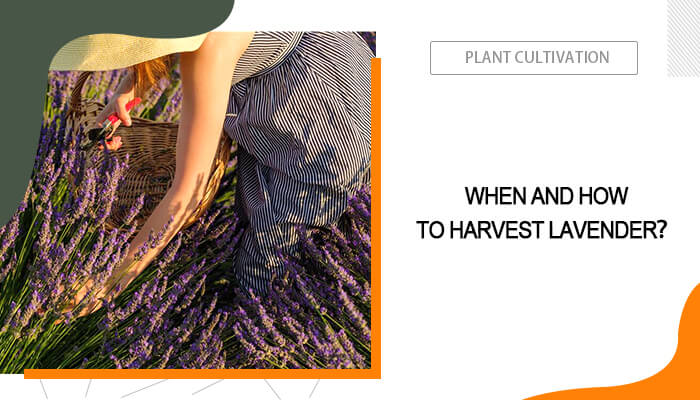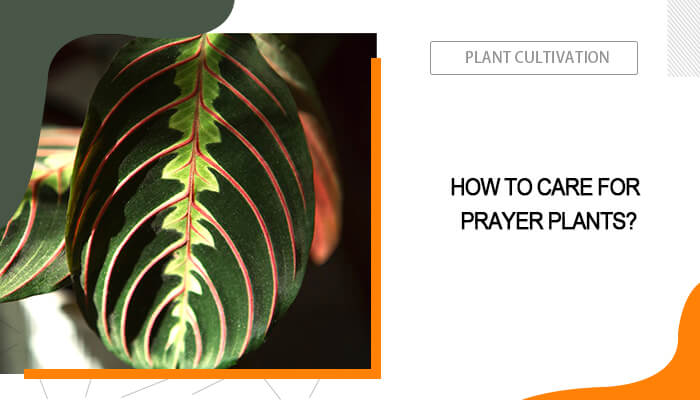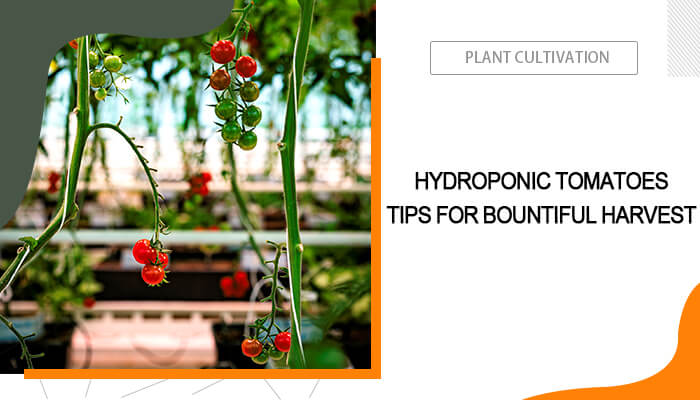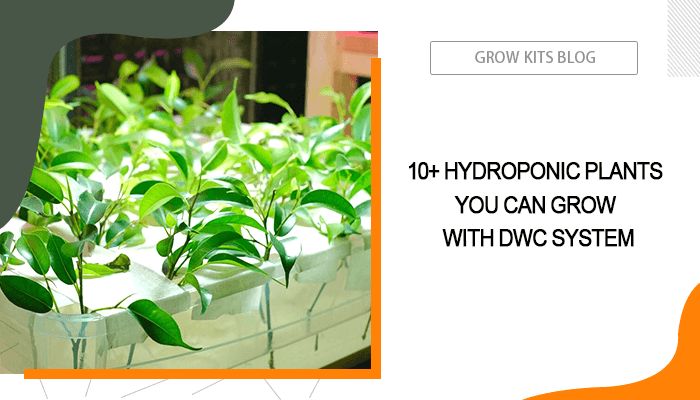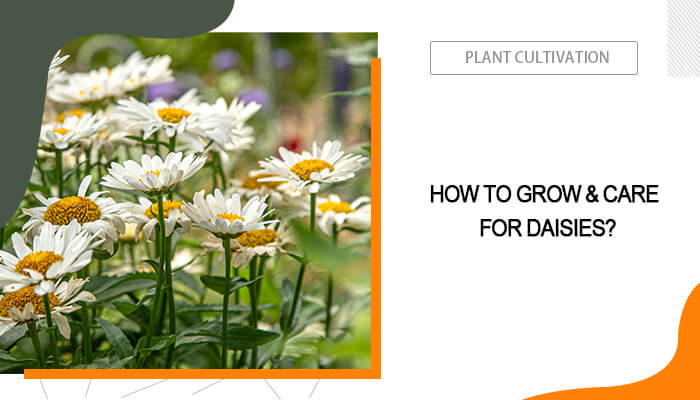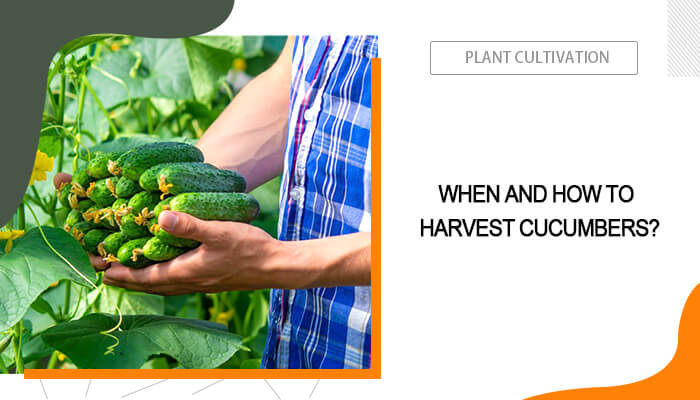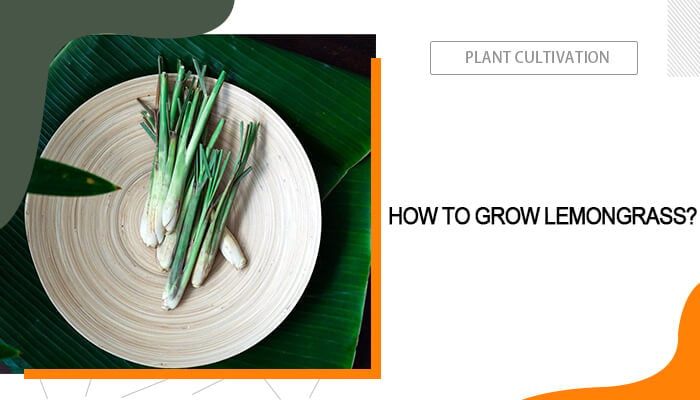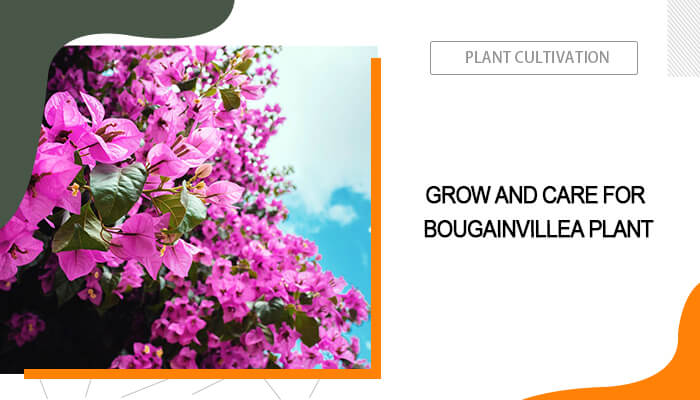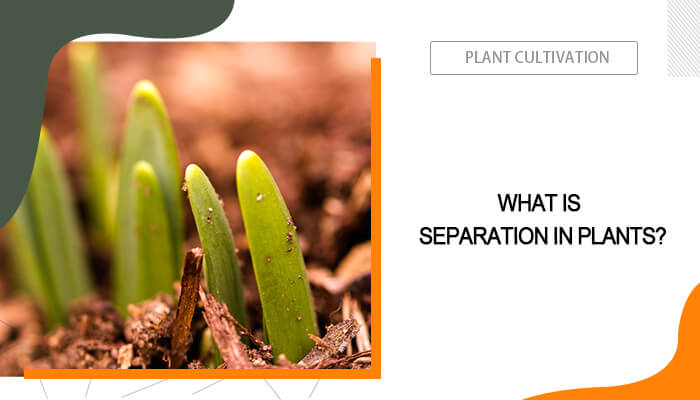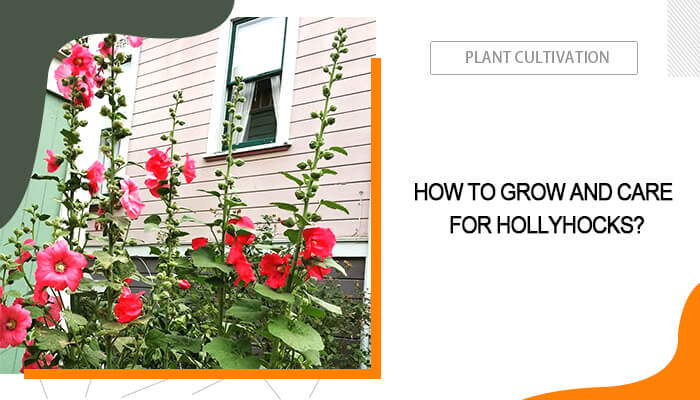Lettuce is a cool-season crop that can tolerate cold temperatures. Normally, you can grow this leafy green thrives in a greenhouse or a controlled environment, regardless of external weather conditions. To grow lettuce in a greenhouse in winter, you’re able to regulate factors such as temperature, light, and humidity. Greenhouse cultivation minimizes the risks associated with pests and diseases, leading to healthier plants and higher yields across lettuce growth stages.
Keep reading this post. Discover which lettuce grows best in winter and learn how to grow winter lettuce in a greenhouse in winter in your state or region. Embrace the challenge and enjoy the benefits of fresh produce, in the late winter and early spring!
Table of Contents
Can You Grow Lettuce in a Greenhouse?
YES! You can grow lettuce in winter, especially in controlled environments like heated greenhouses. By maintaining optimal temperatures between 60°F and 70°F, ensuring adequate light (12-14 hours daily) with supplemental light, and using well-draining soil, you can cultivate various lettuce varieties even in colder climates. With proper lettuce care, including consistent watering and pest management, you can achieve a successful winter gardening of fresh, crisp lettuce.
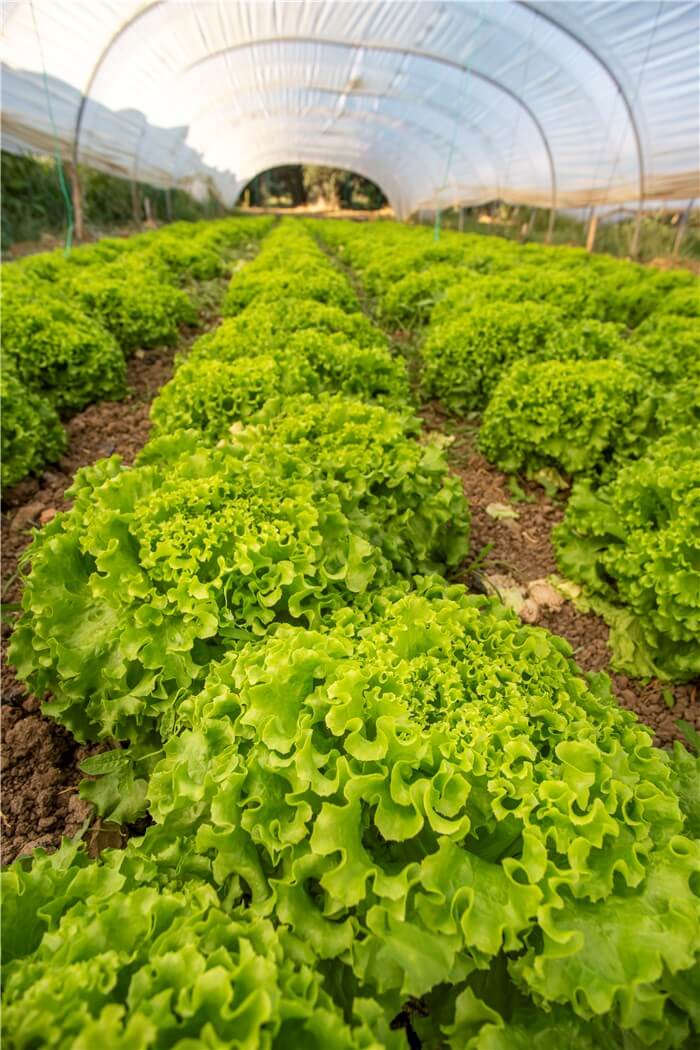
Can You Grow Lettuce in a Greenhouse?
On the contrary, you can also grow lettuce in an unheated greenhouse during winter, particularly if you grow those cold-hardy varieties. The winter lettuce types cover 'Winter Density,' 'Arctic King,' and 'Rouge d'Hiver'. To maximize your success, sow seeds from late summer to early fall, ensuring consistent planting every few weeks for a continuous harvest until spring. While unheated greenhouses can expose lettuce to colder temperatures, they provide some protection from harsh weather conditions. It's essential to monitor moisture levels and provide adequate light, as shorter days can affect growth. With proper care, you can enjoy fresh lettuce throughout the winter season.
What Are Lettuce that Can be Grown in Winter in Greenhouse?
When it comes to growing lettuce in a winter greenhouse, you can work on several winter lettuce types. These winter lettuce varieties are cold-hardy varieties that can excel in a chilly environment.
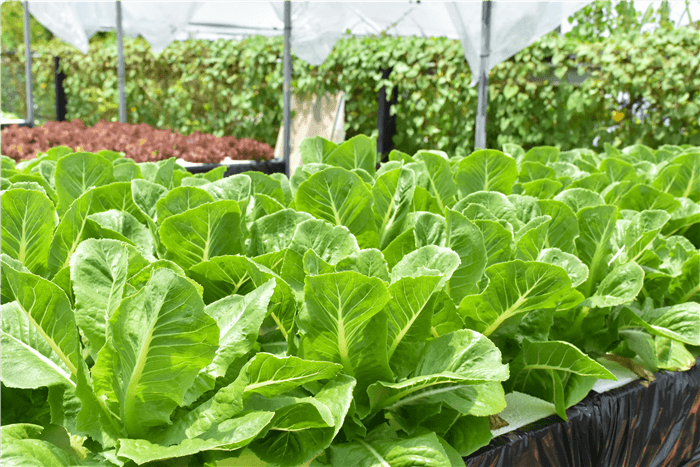
Lettuce that Can be Grown in Winter in Greenhouse - Butterhead Lettuce
- Butterhead Lettuce: Known for its tender leaves and sweet flavor, varieties like Buttercrunch and Bibb are ideal for cooler temperatures.
- Romaine Lettuce: This hardy type, including varieties like Paris Island and Little Gem, can withstand colder conditions and offers a crunchy texture.
- Looseleaf Lettuce: Fast-growing and easy to harvest, varieties such as Black Seeded Simpson and Red Romaine are perfect for continuous cropping.
- Iceberg Lettuce: Although it requires more attention to temperature, varieties like Great Lakes can still be grown successfully in a greenhouse.
- Salad Bowl Lettuce: This looseleaf variety is tolerant of cooler temperatures and provides a mix of colors and textures.
How Long Does It Take for Lettuce to Grow?
The time lettuce takes to grow varies between winter and summer. This is because winter and summer have different temperatures and light conditions. In general, it will take 30 to 70 days to grow lettuce from seed to harvest. This also depends on the variety and growing conditions.
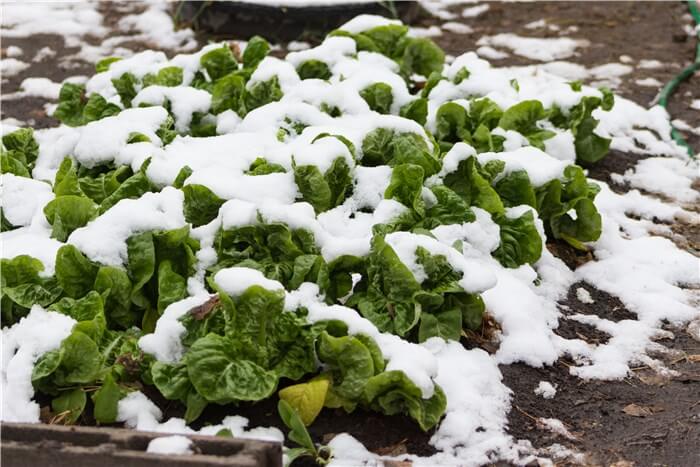
How Long Does It Take for Lettuce to Grow?
In winter days, particularly if you grow lettuce in a greenhouse, lettuce varieties such as baby leaf types can be ready for harvest in as little as 30 to 45 days. For head varieties like romaine or butterhead, expect a longer growing period of about 60 to 70 days. The cooler temperatures in winter slow down growth, but with proper care and a controlled environment, you can still achieve a successful harvest.
During summer, lettuce tends to grow faster due to longer daylight hours and warmer temperatures, often reaching maturity within 30 to 60 days. However, in hot conditions, it's prone to lettuce bolting (going to seed), which can shorten the viable harvest window. Thus, while summer growth can be quicker, it requires careful management of heat and moisture to prevent bolting and ensure a bountiful crop.
How to Grow Lettuce in Greenhouse?
In recent years, more and more home gardeners and commercial growers are growing lettuce in a greenhouse. Additionally, lettuce is a fast-growing crop, typically ready for harvest within 30 to 70 days, which makes it an efficient choice for those looking to maximize their gardening efforts. Whether you seek to have a continuous supply of fresh greens or wish to grow lettuce with hydroponics, you can learn how to grow lettuce in a greenhouse at your home.
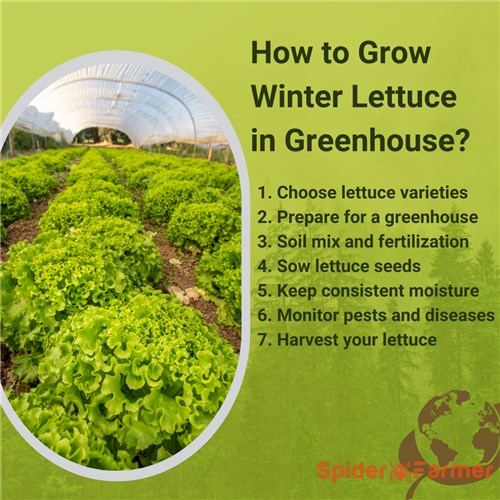
How to Grow Lettuce in Greenhouse?
1. Choose the Right Lettuce Varieties
The first secret for growing lettuce in a greenhouse is to choose the right types of winter lettuce. You can opt for fast-growing varieties such as Butterhead, Romaine, and Looseleaf. These varieties thrive in the greenhouse environment and have a quicker turnaround time.
2. Prepare for a Greenhouse
When preparing for a greenhouse to grow lettuce in winter, you should focus on lettuce growing temperature. Ensure your greenhouse maintains a consistent temperature between 60°F and 70°F. Use plant heaters and cold frames for lettuce to regulate temperature and provide consistent warmth during cold nights. Also, you’re highly recommended to Incorporate LED grow lights to supplement natural sunlight, especially during shorter winter days, aiming for at least 12-16 hours of light per day. At the same time, you can invest in dehumidifiers to promote air circulation and reduce humidity. Finally, prepare the soil by enriching it with organic matter and a balanced fertilizer. This will help to create an ideal environment for healthy lettuce growth.
3. Soil and Fertilization
The best soil mix for growing lettuce is a well-draining blend that retains moisture while providing essential nutrients. A recommended mix consists of equal parts high-quality potting soil, compost, and perlite or vermiculite. The potting soil offers a nutrient base, while compost enriches the mix with organic matter, promoting healthy growth. Perlite or vermiculite enhances aeration and drainage, preventing waterlogging and root rot. Additionally, incorporating a slow-release fertilizer can provide balanced nutrients throughout the growing season, ensuring your lettuce thrives in an optimal environment.
4. Planting Seeds
Sow lettuce seeds directly into the prepared soil or use seed trays for easier transplanting. Space your seeds according to the variety guidelines, usually about 6 to 12 inches apart.
5. Watering Techniques
The key to growing lettuce in winter is to keep consistent moisture. Water regularly, ensuring the soil remains moist but not soggy. While you’re away, you can use an automatic drip irrigation system to maintain even moisture levels.
6. Monitor for Pests and Diseases
Keep an eye out for common pests like aphids and slugs. Use organic pest control methods, such as neem oil, to manage infestations. Regularly check for signs of disease and maintain good air circulation to prevent issues.
7. Harvest Your Lettuce
Once your lettuce reaches the desired size, harvest it by cutting the leaves at the base. To pick lettuce so it keeps growing, consider the “cut-and-come-again” method. This refers to harvesting only the outer leaves while leaving the inner leaves and the growing crown intact. Here are the basic instructions:
1) Allow your lettuce plants to grow until they have developed about 6 leaves.
2) Prepare a pair of clean scissors for harvesting to minimize the risk of disease.
3) Carefully cut a few of the lower outer leaves, ensuring you do not remove more than one-third of the plant at a time.
4) By leaving the inner leaves, regularly harvesting outer leaves, and growing crown intact, you enable the plant to absorb sunlight and energy, which supports new leaf production.
How to Grow Lettuce in Greenhouse Winter Zone 5b?
Typically, the zone 5b experiences winter temperatures ranging from -10°F to -15°F (-23°C to -26°C). To grow lettuce in this climate, you need to invest in a heated greenhouse to provide a stable, warm environment.
Again, you can start by selecting cold-hardy varieties such as ‘Winter Density’, ‘Rouge d'Hiver’, or ‘Arctic King’. These winter lettuce types are well known for their resilience to low temperatures and ability to thrive in reduced light conditions. Plant your seeds from late summer to early autumn, ideally between August and November, to ensure a continuous harvest through spring.
To guarantee an optimal results, sow seeds directly into the soil or use seed trays indoors. You can also transplant them once they develop a couple of leaves. Prepare your greenhouse by ensuring it is well-insulated and has good drainage; consider adding organic matter to enrich the soil. Maintain a temperature range of 50°F to 70°F during the day and protect your plants from harsh winds and frost with row covers or cloches. Water sparingly to prevent over-saturation, and harvest outer leaves regularly to encourage continued growth. With these strategies, you can successfully cultivate crisp, flavorful lettuce throughout the winter months in your greenhouse.
FAQs About Growing Lettuce in Winter
By the end of the article, we’ll answer several questions about growing lettuce in winter.
What to grow with lettuce?
To grow lettuce with companion plants, you can enhance plant growth and deter pests. Ideally, you can grow lettuce with root vegetables such as beets, carrots, and radishes. Due to the different root depth, they can thrive alongside lettuce without competing for nutrients. Herbs such as chives, garlic, and basil are excellent choices as they repel pests while providing flavorful additions to your salads. Additionally, strawberries and peas work well with lettuce; strawberries attract beneficial insects, while peas fix nitrogen in the soil, promoting healthy lettuce growth. Other compatible plants include cucumbers, tomatoes, and various flowering plants like marigolds and calendula, which not only beautify the garden but also help protect lettuce from pests. However, avoid planting lettuce near members of the cabbage family, as they compete for similar nutrients and can inhibit growth.
How cold is too cold for lettuce to grow?
Generally, lettuce can thrive in temperatures as low as -6°C when properly hardened off, but prolonged exposure to subfreezing temperatures can cause significant damage or death to the plants. Light frost (around -2°C to 0°C) may not harm lettuce too severely, allowing it to continue growing, while hard frost (below -2°C) can lead to ice formation within plant tissues, resulting in injury. Ideal growth temperatures for lettuce range from 13°C to 18°C, with optimal germination occurring at around 21°C. Therefore, while lettuce can endure cold conditions, consistent exposure to temperatures below -6°C is considered too cold for healthy growth and can significantly extend the growing period or lead to crop failure.
What region in Georgia is lettuce most commonly grown?
In most cases, you can see lettuce in the Moultrie area of Georgia, which is located in the Southern Rivers region. This area is known for its fertile red soil and moderate temperatures. The state’s diverse climate and soil types contribute to its agricultural success, supporting a range of vegetables beyond just lettuce.
When to plant lettuce in Ohio?
If you live in Ohio, you can grow lettuce in early spring, typically from mid-March to early April, as soon as the soil can be worked. For a fall harvest, you can sow seeds again in late summer, around mid-July to early August. This timing allows you to take advantage of cooler temperatures, which are ideal for growing lettuce, as it tends to bolt in extreme heat.
Conclusion
In conclusion, you can grow and care for winter lettuce in a greenhouse during chilly days. By choosing the right winter lettuce varieties, providing adequate light, and maintaining optimal temperature and humidity, you can create an ideal environment for healthy lettuce growth. Regular care, including watering and pest management, is essential to ensure a successful harvest. With proper planning and attention, your winter greenhouse can flourish with vibrant, crisp lettuce.

